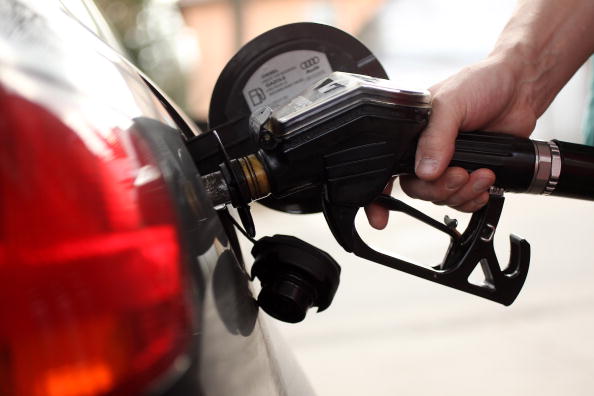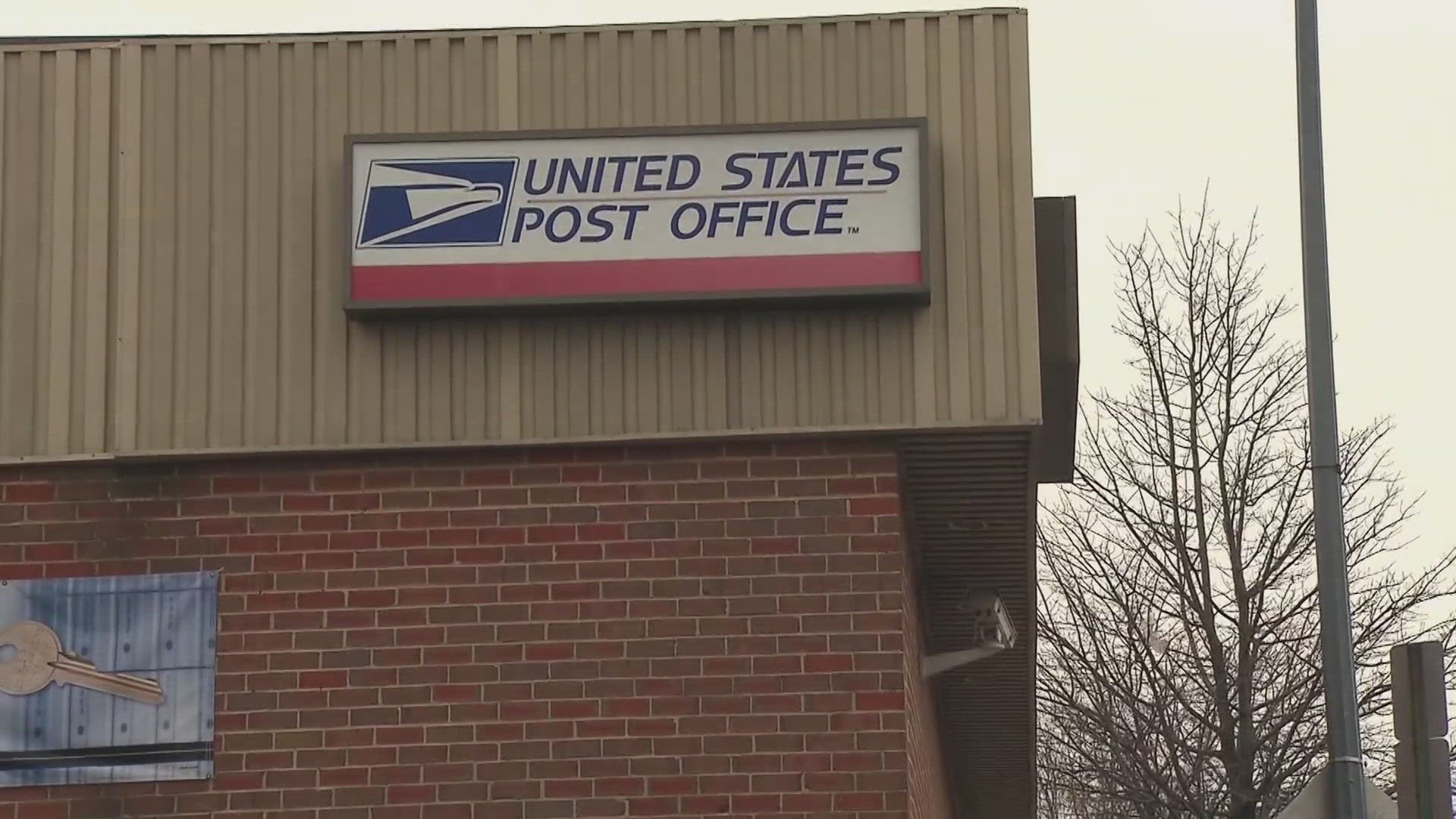You’ll probably keep paying less for gas despite new tensions in the Middle East driving up the price of oil.
American drivers have paid lower prices at the pump for five straight weeks, and the cost of filling up could soon slide back to levels last seen before Hurricanes Harvey and Irma.
The fall is due to a combination of things, including peak driving season winding down and U.S. refining returning to normal after storm-related disruptions, analysts say.
Prices at the pump spiked temporarily as a result of disruptions to Texas oil refineries caused by Hurricane Harvey, which made landfall on Aug. 25.
But in the week ending Sunday, a gallon of regular gas cost $2.456, down more than 8% from the post-hurricane high of $2.673 on Sept. 7, according to GasBuddy.com.
The trend of lower gas prices is seen continuing, despite an increase of around 2 cents Monday to $2.478 amid fears of supply disruptions after Iraqi forces seized oil fields in Kirkuk, as a way to stall Kurdistan's bid to become an independent state.
The Iraq-Kurd confrontation pushed up the cost of a barrel of Brent crude, a benchmark for global oil, by 65 cents, or 1.1% Monday to $57.82 per barrel. U.S.-produced crude, which has been on an upswing since falling into a low-$40 per barrel range in June, also inched higher. It rose 42 cents per barrel, or about 0.8%, to $51.87. Prices were off their highs for the day.
The limited effect of events in the Middle East on U.S. gas prices is due to reports that suggest oil was flowing normally in the Kirkuk area, analysts said.
"We haven't really seen any impact to global supply," says Jeanette Casselano, a spokesperson at AAA, adding that oil analysts will monitor the situation for any signs of market disruption.
The pain at the pump caused by Hurricane Harvey, which knocked out more than 25% of refining capacity in the U.S. Gulf Coast region, was short-lived. And there's a good chance gas prices will fall back to where they were before the Category 4 storm caused major industry outages, says Patrick DeHaan, head of petroleum analysis at GasBuddy.com.
"Gas prices are now slowly meandering to the downside," DeHaan says.
Here's why gas prices are seen falling further as the year winds down:
* Refiners recover. U.S. refineries that turn crude oil into gasoline are back on line after storm-related outages. The supply disruptions that caused the average nationwide price of a gallon of regular gas to jump nearly 14% from $2.355 on the day Harvey made landfall to the post-storm peak of $2.673 on Sept. 7 have subsided.
"Right now, business is pretty much back to normal," DeHaan says.
* Travel fades. After Labor Day, falling leaves and coming winter mark the end of the peak U.S. driving season. And less demand for gas means lower prices.
It's not unusual to see gas prices dip 10 cents to 15 cents a gallon in the final months of the year, says AAA's Casselano.
"When summer ends we normally see a sharp decline," she says.
* Plenty of supply. The world is still awash in oil, and until that overcapacity is taken out of the system, drivers will benefit from lower prices at the pump.
There are a few wildcards, however, that could affect the direction of gas prices in the months ahead, says GasBuddy's DeHaan.
Oil investors are watching to see if OPEC opts to extend its production cuts to keep a lid on supply and prop up prices.
Analysts will also be watching to see if strife in the Middle East, including the latest Iraq conflict with the Kurds, changes global crude supplies in any meaningful way.
"If anything were to change, then you will start to see the market react," DeHaan says.


